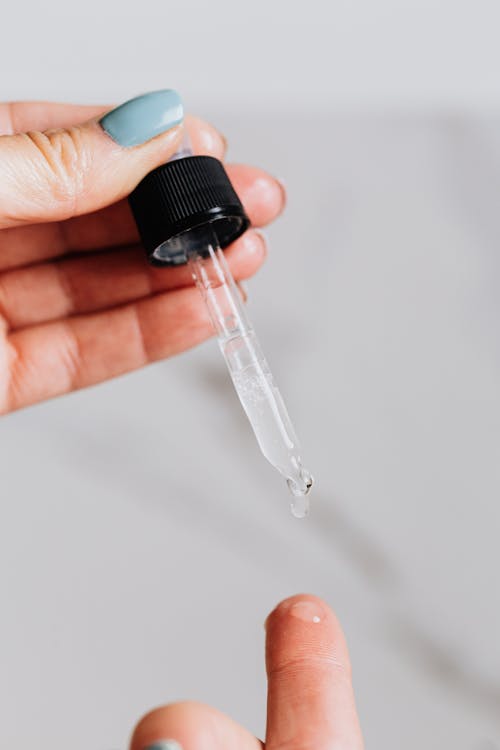
If you have been exposed to world of skincare, hyaluronic acid (HA) is probably an ingredient you have come across. But what is it, and what makes it such a staple in skincare?
Hyaluronic acid is a humectant. Meaning, it attracts water to from the environment around it. It can be found in moisturisers, conditioners, and pretty much everything that has claims to have hydrating properties.

Hyaluronic acid is a naturally occurring compound that is actually a component of most living cells. It is a major constituent of synovial fluid (which is what cushions joints), cartilage, eyes, and is present in the stratum corneum (outer most layer) of the skin. It is considered a key player in the tissue regeneration process of wound healing and is greatly valued in the biomedical field.
Did you know?: Certain dermal fillers used in cosmetic procedures contain an injectable form of hyaluronic acid!
A typical adult human body contains approximately 15g of hyaluronic acid, and as much as a third of that is broken down and replaced daily. The amount of hyaluronic acid naturally present in the skin depletes with age, and this is suspected to contribute to the appearance of fine lines and wrinkles as skin matures.
What does it do? And how do moisturisers work?
Contrary to popular belief, emollients and occlusives present in moisturisers do not add hydration to the skin. They serve to create a protective layer over the skin to prevent trans-epidermal water loss (TEWL). For them to work well, moisture has to be present in the skin and the only way to hydrate the skin is with water.
Where applied to the skin, hyaluronic acid is able to absorb water from the surrounding environment and draw it to itself. Hyaluronic acid is exceptionally hygroscopic (moisture-absorbent) and is capable of holding up to 1000 times its weight in water! Because of this , it's highly recommended you use products containing HA on damp skin.
Hyaluronic acid swells on contact with water, and it is this mechanism which is believed to offer it a plumping effect on surface layers of the skin. The result? Minimised fine lines and a smoother, dewier, and healthy-looking complexion.
How do I use it?
- Because of how it works, hyaluronic acid is best used in leave-on products such as serums, toners, sheet masks and moisturisers.
- The hyaluronic acid used in skincare is a fairly large molecule, so to improve its ability to penetrate and hence bring moisture deeper into the skin, look out for formulations which contain different molecular weights of hyaluronic acid.
- Look for products which contain other complementary ingredients: humectants like glycerin and panthenol, as well as water! Most moisturisers should contain water as this is truly what makes a product hydrating (water needs to be present for humectants to work).
References:
Litwiniuk, M., Krejner, A., Speyrer, M. S., Gauto, A. R., & Grzela, T. (2016). Hyaluronic Acid in Inflammation and Tissue Regeneration. Wounds : a compendium of clinical research and practice, 28(3), 78–88.
Gall Y. (2010). Acide hyaluronique : structure, métabolisme et implication dans la cicatrisation [Hyaluronic acid: structure, metabolism and implication in cicatrisation]. Annales de dermatologie et de venereologie, 137 Suppl 1, S30–S39. https://doi.org/10.1016/S0151-9638(10)70007-7
Papakonstantinou, E., Roth, M., & Karakiulakis, G. (2012). Hyaluronic acid: A key molecule in skin aging. Dermato-endocrinology, 4(3), 253–258. https://doi.org/10.4161/derm.21923
Pavicic, T., Gauglitz, G. G., Lersch, P., Schwach-Abdellaoui, K., Malle, B., Korting, H. C., & Farwick, M. (2011). Efficacy of cream-based novel formulations of hyaluronic acid of different molecular weights in anti-wrinkle treatment. Journal of drugs in dermatology : JDD, 10(9), 990–1000.
Draelos, Z.D., Diaz, I., Namkoong, J. et al. Efficacy Evaluation of a Topical Hyaluronic Acid Serum in Facial Photoaging. Dermatol Ther (Heidelb) 11, 1385–1394 (2021). https://doi.org/10.1007/s13555-021-00566-0



